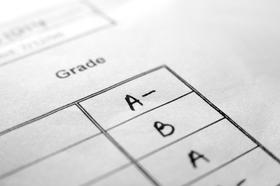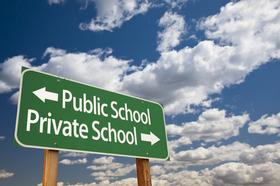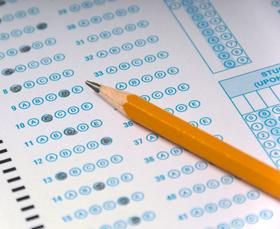U.S. News has released its newest ranking of the top-performing public high schools in the country. The rankings are compiled by the news publication annually to help students and parents discover the best high school choices in their states. Rankings are determined by a precise set of criteria that looks at student performance and college readiness. A special look is taken at how well a high school serves its least-advantaged students in these areas.
The Method Behind the Research
To assess thousands of schools throughout the United States, U.S. News teams up with the American Institutes for Research. This DC-based organization is considered a foremost authority on behavioral and social sciences research across the globe. AIR is responsible for the new criteria utilized by U.S. News this year, which were based on the idea that top schools should effectively serve all the students in their population. This explains the specific examination of student performance by disadvantaged students at each school.
Researchers perused data from more than 21,000 high schools in 49 states and the District of Columbia. States had to provide adequate data and 12-grade enrollment to be included in the rankings. Nebraska did not submit sufficient data on the state’s high schools to be considered. Rankings were completed on a statewide and national basis, to provide the best framework for parents and students who use the rankings to choose the best local high school for their needs.
This video reports on the rankings for 2018.
Criteria Used in Rankings
According to a report at U.S. News, the first data researchers used in their high school rankings was student performance on high school proficiency tests. Both math and English tests were used in the research, to assess how well students were meeting basic requirements for their state. In addition, researchers factored in the performance of students from low-income families specifically, since this demographic of students tends to have lower scores on statewide tests than the rest of a school’s student body. This gave researchers a more complete picture of whether students as a whole were meeting minimum standards in the state.
Once schools passed this initial benchmark, researchers then took a closer look at the performance of underprivileged students, to see whether those students performed above average for their state. Schools with students in this category that were performing higher than the state average according to math and reading proficiency tests were then moved to the next assessment level.
Schools that passed the first two benchmarks were next analyzed for their ability to produce college-ready graduates. Data used for this step included Advanced Placement or International Baccalaureate data. Both of these programs offer college-level curriculum to qualifying students, with the ability for students to earn actual college credits before graduating from high school. Researchers looked at both participation rates in these programs and whether students passed at least one of the tests for these programs prior to their senior year of high school.
Gold, Silver, and Bronze
Schools that earned the highest scores according to these criteria earned gold medal selection. This year, 500 schools out of more than 21,000 qualified for gold medal status. The next level of scores earned silver medal status, which included the schools ranked from 501 to 2,290 – a total of 1,790 schools. The last medal status was bronze, which included an additional 2,215 schools that earned high enough marks to qualify for this level.
State rankings were determined by similar criteria, although only the gold and silver medal winners were ranked numerically in each state. Researchers also provided separate rankings for charter and magnet schools, noting the gold and silver medal winners in this separate category as well. This breakdown allows interested individuals to scan schools both on the national level, by state and according to public school type.
This video reports on the 2019 rankings of public high schools.
And the Winners Are…
Once again, the top spot goes to the School for the Talented and Gifted in the Dallas Independent School District. Other schools also retained coveted spots in the top 10, including BASIS Tucson in Arizona, Thomas Jefferson High School for Science and Technology in Virginia and the International School in Washington. New schools to join the top 10 included Gwinnet School of Mathematics, Science and Technology in Georgia and BASIS Scottsdale in Arizona. Both of these schools are relatively new, opening their doors in 2007, but quickly climbed to the top of the rankings with their inaugural graduating classes.
California was the state with the highest number of ranked schools, according to Education Week. The state boasted nearly 28 percent of all its eligible schools receiving either a gold or silver medal. The next state to make the grade was Maryland, with nearly 26 percent of the schools in that state earning highest honors.
The New York Daily News is reporting that Brooklyn Latin is celebrating after winning the top spot in New York and coming in 21st in the national rankings. The school attributes its success in part to a traditional curriculum that includes four years of required Latin study. The school also boasts a large number of college-level courses and 30 extracurricular activities for motivated students to choose from.
This video looks at the ranking of New York City schools.
National rankings provide valuable data for parents and students to know how their high school is performing. They also offer important information to help incoming freshmen choose the best local school for their specific needs. While it is impossible to weigh every variable through rankings like these, the numbers do offer a snapshot as to how schools are performing in ensuring students are mastering basic subjects and preparing for life beyond high school graduation.
For a complete list of the U.S. News rankings, click here.
Questions?















